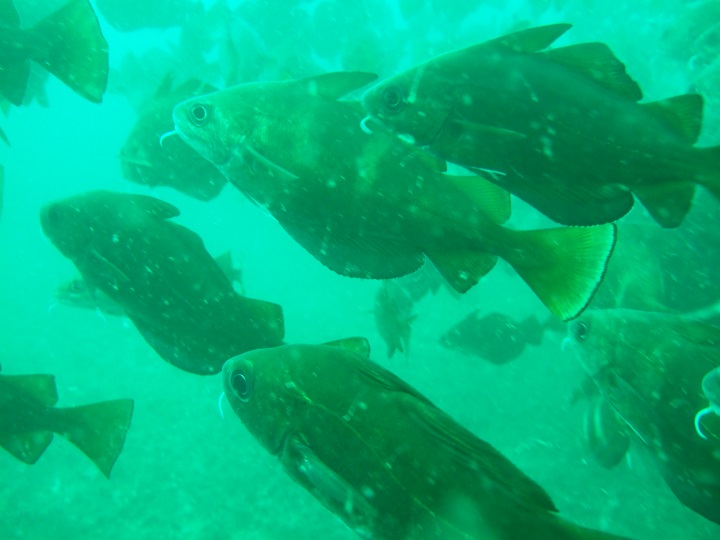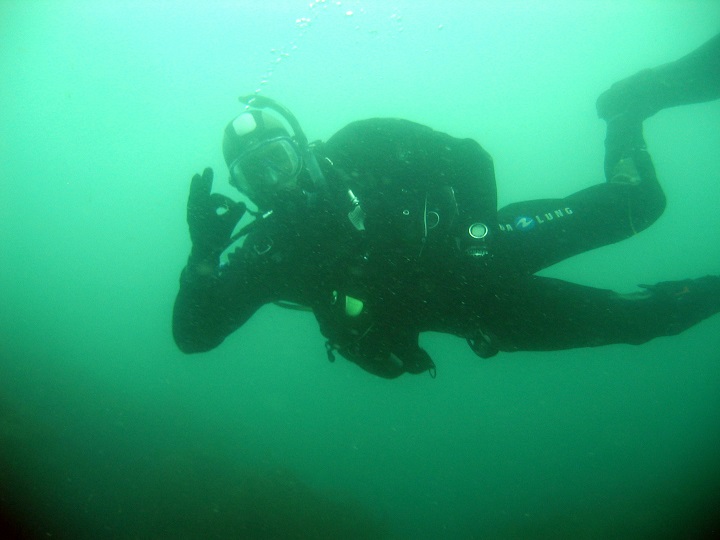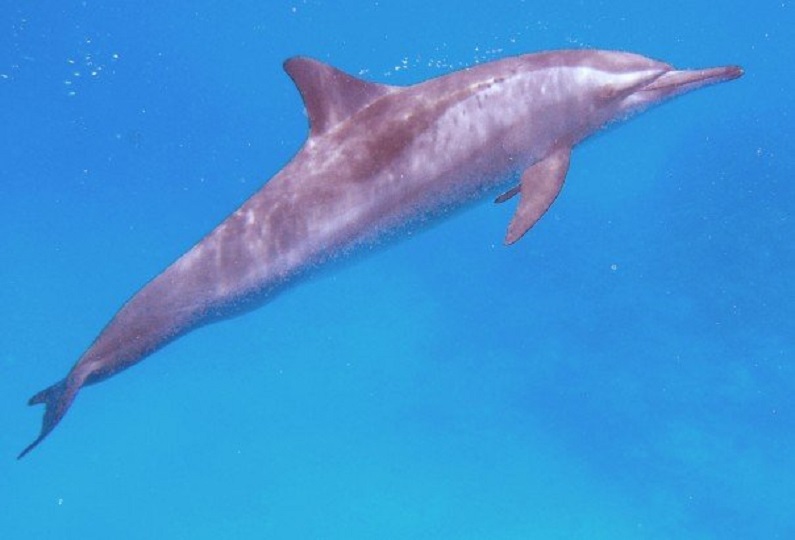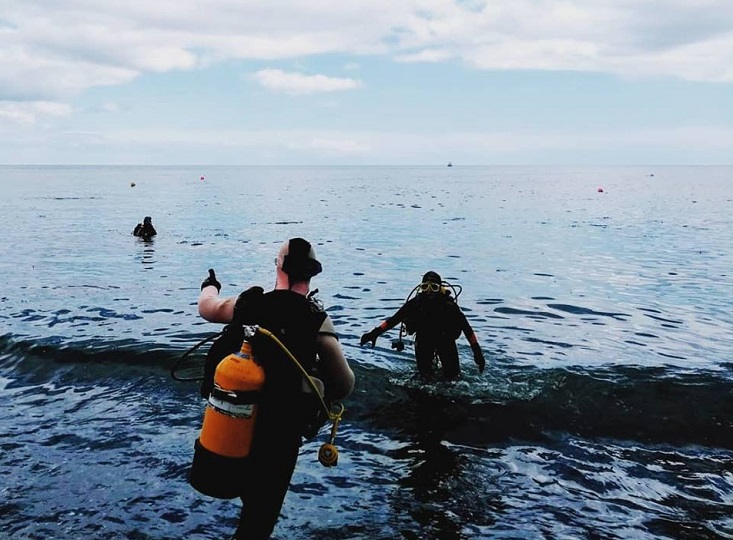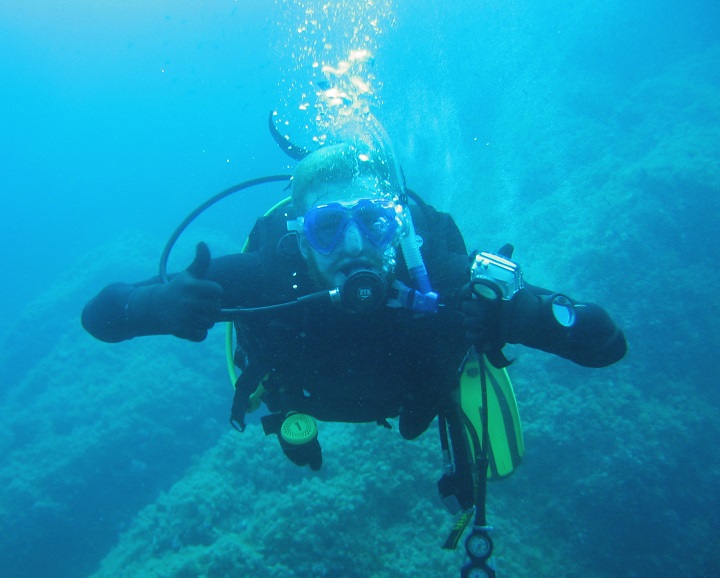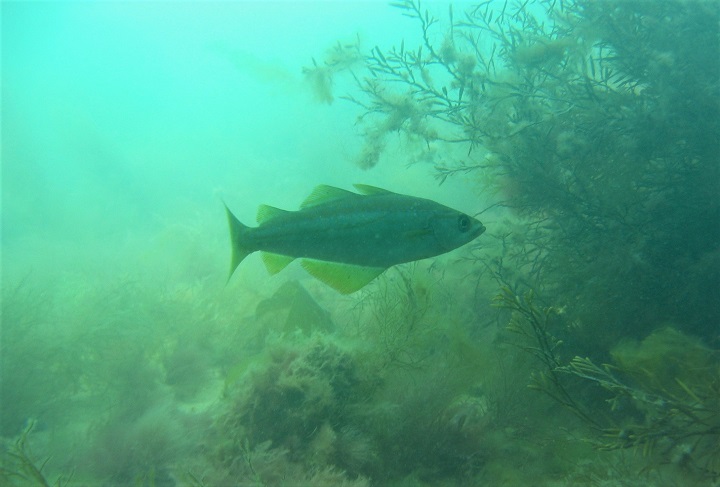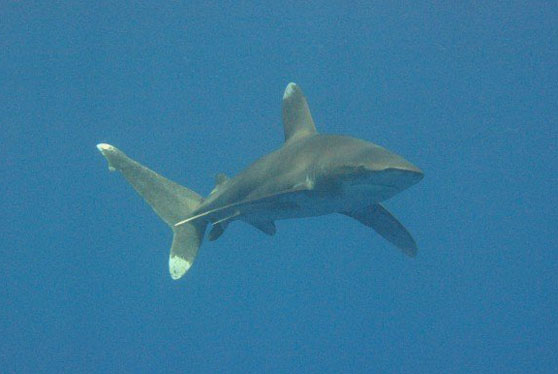When it comes to scuba diving, choosing the right type of exposure suit is crucial to ensure comfort, warmth, and safety in different water temperatures. There are several options available, including wetsuits, semi-dry suits, and dry suits.
The main differences between Wetsuits, semi-dry suits, and dry suits are the seals at the edges of the suit and how much water they allow in. A wetsuit will allow a small amount of water to pass through the suit giving your body time to warm it up and keep you warm. A semi-dry suit will allow even less water into the suit and try and keep it in the suit keeping the wearer warmer for longer. The seals on a dry suit shouldn’t allow any water into the suit, instead holding a layer of air between the diver and the outside water slowing the conduction of body heat away from the body as much as possible.
We will explore the characteristics and differences between these suits to help you make an informed decision for your next scuba diving adventure.
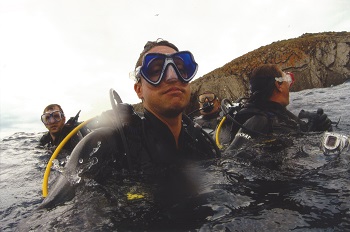
Wetsuits:
Wetsuits are the most commonly used exposure suits in scuba diving. Made from neoprene material, these suits are designed to allow a thin layer of water between the suit and your body. As your body heats the water layer, it acts as insulation, keeping you warm. Wetsuits come in different thicknesses, usually measured in millimetres, and are suitable for both warm and temperate waters.
Key Features of Wetsuits:
1. Neoprene Material: This flexible and insulating material is the backbone of any wetsuit. It provides thermal protection and allows for freedom of movement underwater.
2. Thickness: The thickness of a wetsuit varies depending on the water temperature and the diver's requirements. Thicker suits offer more insulation but may affect flexibility and buoyancy.
3. Breathability: Wetsuits allow a small amount of water to enter, providing cooling and preventing overheating during dives.
Semi-Dry Suits:
Semi-dry suits, also known as semi-wetsuits, offer a compromise between wetsuits and dry suits. These suits have improved sealing mechanisms to minimize water exchange between the suit and the diver's body. Semi-dry suits are suitable for divers who frequent cooler waters where added insulation is necessary.
Key Features of Semi-Dry Suits:
1. Sealing Mechanisms: Semi-dry suits feature better sealing around the neck, wrists, and ankles compared to wetsuits. This minimizes water ingress, keeping the diver relatively dry.
2. Enhanced Thermal Protection: The improved sealing features make semi-dry suits more effective at retaining body heat, thus providing increased warmth in colder water temperatures compared to wetsuits.
3. Comfort and Flexibility: While still made of neoprene, semi-dry suits are often designed with additional features such as reinforced knee pads, adjustable cuffs, and more flexible materials to enhance comfort during longer dives.
Dry Suits:
Dry suits are the preferred choice for diving in extremely cold water and hazardous conditions that require total insulation and protection from water contact. Unlike wetsuits and semi-dry suits, dry suits are completely water-proof and do not allow water to penetrate the suit.
Key Features of Dry Suits:
1. Sealing System: Dry suits have advanced waterproof sealing systems around the neck, wrists, and ankles, completely minimizing water entry.
2. Thermal Protection: Dry suits provide exceptional insulation by maintaining a layer of air between the suit and the diver's body. This allows divers to wear thermal undergarments to further enhance warmth.
3. Versatility: Dry suits can be used in a variety of diving environments, including cold water, contaminated water, and situations that require extended decompression stops.
4. Unlike with the other suits we have spoken about here, if you plan to go scuba diving with a dry suit it is best to make sure you understand the differences in buoyancy when using a dry suit along with the different safety procedures needed and as such taking a dry suit course before scuba diving in a dry suit is a very good idea
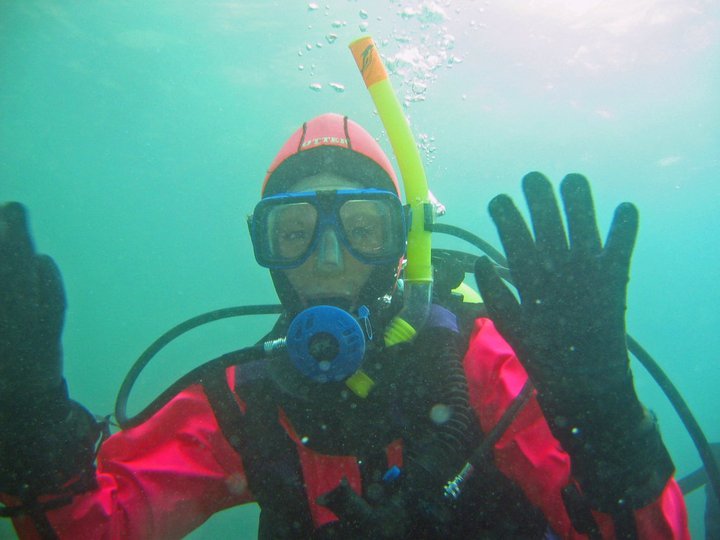
Conclusion:
Choosing the right exposure suit for scuba diving is essential for comfort, safety, and maximizing your diving experience. Wetsuits are suitable for warm waters, while semi-dry suits provide improved insulation in colder water temperatures. Dry suits offer the highest level of thermal protection and are ideal for extreme cold or challenging diving conditions. Consider the water temperature, diving location, and personal preference when selecting your scuba diving suit to ensure an enjoyable and safe underwater adventure.
.png)




